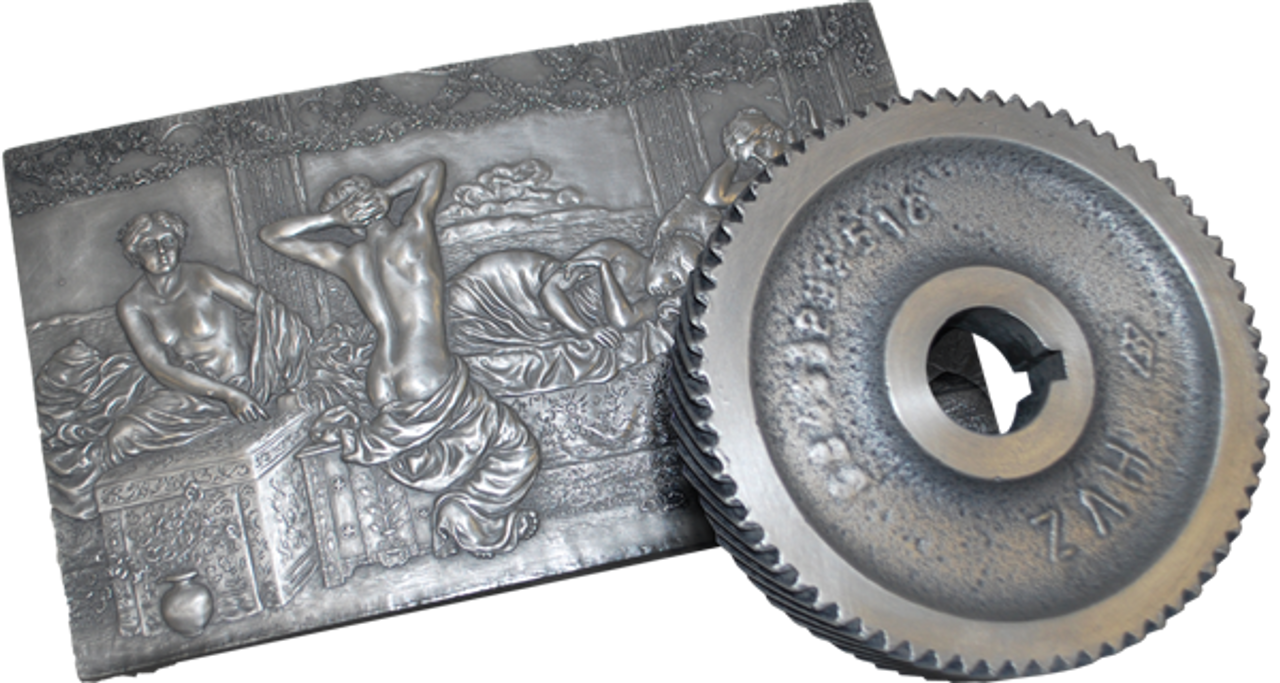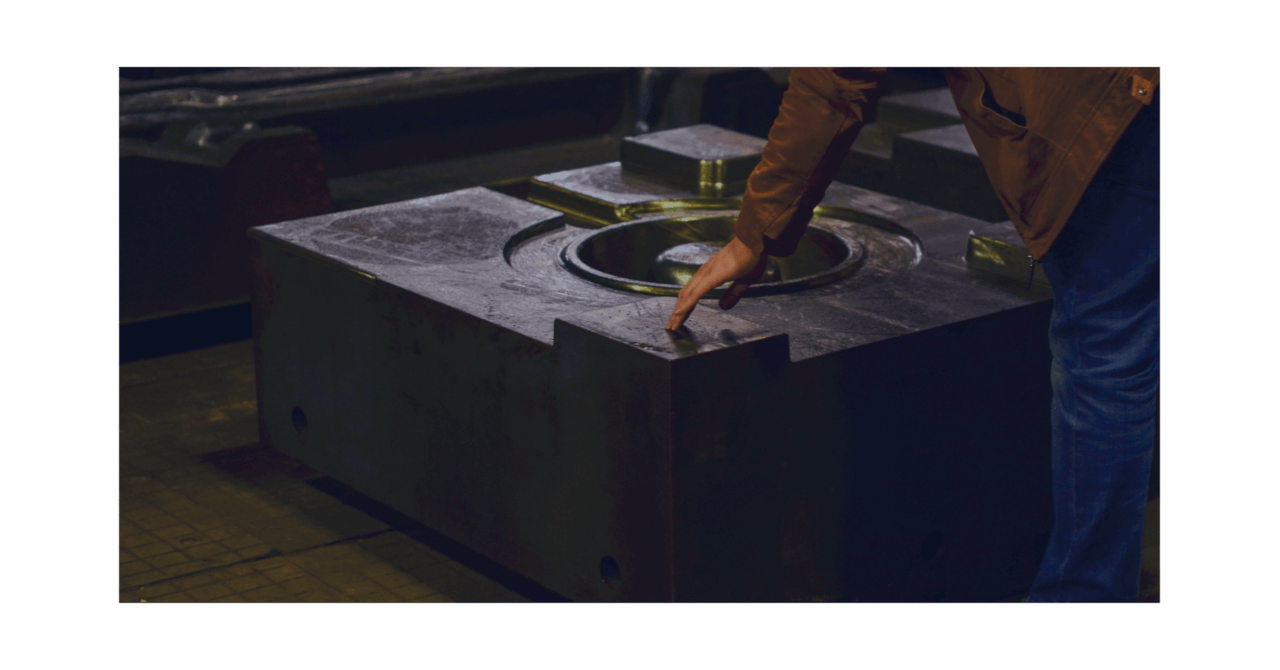Comprehending the Production Refine and Upkeep Practices for Light Weight Aluminum Foundry Products
The manufacturing process for light weight aluminum shop products is detailed and calls for a comprehensive understanding of numerous stages. From the melting of light weight aluminum at heats to numerous casting methods, each action plays a crucial function. Furthermore, upkeep practices ensure devices continues to be effective and products are devoid of flaws. Nonetheless, the intricacies of these processes and their influence on product high quality raise crucial concerns about best methods and cutting-edge strategies in the sector.
Overview of Light Weight Aluminum Shop Products
Aluminum foundry items are important parts in various sectors, supplying a mix of light-weight toughness and deterioration resistance. These products are typically made use of in fields such as auto, aerospace, and building, where sturdiness and performance are vital. Light weight aluminum's low density makes it an optimal product for applications requiring minimized weight without sacrificing structural honesty. The convenience of light weight aluminum permits the creation of complicated geometries, satisfying diverse design requirements.
Aluminum shop products can be customized with different alloys to enhance details properties, such as enhanced thermal conductivity or enhanced solidity. Their resistance to oxidation and deterioration guarantees long life, making them ideal for both outdoor and indoor applications. The mix of these features adds to the expanding preference for aluminum in contemporary manufacturing. As industries seek to enhance performance and sustainability, light weight aluminum foundry items remain to play an important function in satisfying these needs.
Melting Process: Transforming Aluminum
The melting process is an essential action in the production of light weight aluminum shop items, as it changes solid aluminum into a liquified state appropriate for casting. This procedure generally takes place in a furnace, where scrap aluminum or ingots are heated up to temperature levels around 660 levels Celsius. The choice of heater-- be it electric, gas, or induction-- affects the effectiveness and price of melting.
During melting, mindful factor to consider is given to the elimination of pollutants, such as oxides and other impurities, which can adversely influence the high quality of the end product. Fluxes may be included in assist in this purification procedure, enhancing the fluidness of the liquified metal.
Furthermore, temperature control is important to guarantee harmony and stop getting too hot, which can lead to oxidation. Consequently, the melting procedure not only prepares aluminum for casting but also plays a substantial role in determining the stability and residential properties of the final factory products.
Casting Techniques in Aluminum Factory
Different casting methods are used in light weight aluminum foundries to develop high-grade parts, each matched to various applications and specifications. Among one of the most frequently utilized methods are sand casting, die casting, and financial investment spreading. Sand spreading uses a blend of sand and binder to develop molds, enabling for big parts and complicated forms (aluminum metal casting). Pass away casting, defined by the high-pressure shot of molten light weight aluminum right into steel molds, produces precise and repeatable elements, ideal for automation. Financial investment spreading, or lost-wax casting, involves developing a wax model that is coated in a ceramic shell, making it possible for elaborate styles and great information. Each strategy has its benefits; sand casting is cost-efficient for low-volume production, while die spreading offers effectiveness for high-volume runs. Investment spreading is favored for components needing outstanding precision and surface area finish. Picking the appropriate technique depends upon variables such as production volume, component intricacy, and product properties
Ending Up Procedures for Aluminum Components
After casting techniques have actually shaped the light weight aluminum components, completing procedures play a substantial duty in enhancing their performance and visual allure. These processes generally consist of machining, surface area therapy, and finishing applications. Machining involves accurate elimination of product to accomplish preferred measurements and surface area high quality. This is crucial for guaranteeing that components fit perfectly into their intended applications.
Surface area therapies, such as anodizing and polishing, are utilized to boost corrosion resistance and boost visual characteristics. aluminum casting company. Anodizing, specifically, provides a protective oxide layer, making the light weight aluminum a lot more visually attractive and long lasting

Maintenance Practices for Longevity
Executing routine upkeep practices is essential for ensuring the long life of light weight aluminum factory products. Regular evaluations should be carried out to determine damage, as very early detection can prevent pricey repair work and expand the life-span of elements. Cleaning up equipment and equipment consistently reduces the danger of contamination, which can adversely affect item high quality. Lubrication of moving parts is likewise important, as it lowers rubbing and wear, enhancing operational efficiency.
Additionally, the execution of a precautionary maintenance timetable assists in methodically addressing possible problems before they intensify (aluminum foundry). This consists of checking for leakages, making sure proper placement, and calibrating equipment. Personnel training on appropriate handling and maintenance strategies fosters a culture of treatment, which is vital for sustaining item stability. Documenting maintenance tasks provides valuable insights into performance fads, permitting for educated decision-making regarding future upkeep approaches.
Top Quality Control and Screening in Light Weight Aluminum Foundry Manufacturing
Quality assurance and screening are extremely important in aluminum foundry production, as they ensure that last items satisfy defined standards and client assumptions. This process starts with resources assessment, guaranteeing that light weight aluminum alloys abide by needed structures. Throughout the production cycle, in-process examinations are conducted to keep an eye on criteria like temperature level, product, and stress flow.
As soon as casting is total, various tests-- such as dimensional checks, aesthetic evaluations, and non-destructive testing-- are performed to identify any kind of flaws. Mechanical buildings, including tensile toughness and hardness, are assessed with standard screening approaches.
Adherence to sector requirements, such as ISO and ASTM, is vital for ensuring product quality. Statistical procedure control strategies are typically used to evaluate manufacturing data and assist in continuous renovation. By implementing extensive quality assurance measures, light weight aluminum foundries can enhance item dependability and reduce waste, inevitably resulting in better client complete satisfaction and operational effectiveness.
Often Asked Concerns
What Are the Environmental Influences of Light Weight Aluminum Shop Operations?
Light weight aluminum foundry operations can lead to considerable environmental effects, consisting of air pollution from exhausts, water contamination from waste discharge, and energy consumption adding to greenhouse gas emissions, inevitably affecting local communities and community health and wellness.
Exactly How Do Aluminum Costs Influence Factory Manufacturing Choices?
Light weight aluminum costs significantly influence factory production decisions; greater rates may result in decreased outcome or enhanced efficiency measures, while reduced costs can motivate enhanced production and investment in brand-new modern technologies to enhance competitiveness and profitability.
What Precaution Are Vital in Aluminum Foundries?
Necessary security measures in light weight aluminum foundries include protective equipment, proper air flow to decrease breathing of fumes, normal devices maintenance, training on emergency treatments, and adherence to safety and security methods to stop accidents and injuries amongst workers.
Can Light Weight Aluminum Be Recycled, and How Is It Processed?
Aluminum can undoubtedly be recycled. The process entails collection, melting, and reforming the material into brand-new products, substantially lowering power consumption and environmental influence contrasted to main light weight aluminum manufacturing while protecting material top quality.
What Prevail Issues in Light Weight Aluminum Casting and Their Reasons?

The production procedure for light weight aluminum foundry products is intricate and calls get more info for a detailed understanding of multiple phases. Aluminum foundry products are important elements in different markets, offering a blend of lightweight stamina and corrosion resistance. The melting process is a fundamental action in the production of aluminum shop items, as it changes solid aluminum right into a molten state suitable for spreading. Applying regular upkeep methods is important for ensuring the longevity of aluminum foundry items. Quality control and testing are critical in light weight aluminum factory manufacturing, as they guarantee that final items fulfill specified standards and consumer expectations.